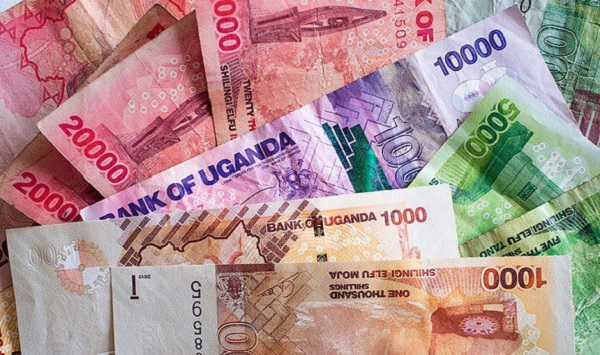
Kampala, Uganda | THE INDEPENDENT | The Uganda Shilling ended the year 2023 on a stronger note, having stabilized against the US Dollar, and did better than its peers in the East African Community, according to analysts. The currency strength has fluctuated between 3,767 and 3,815 to the US dollar over the last month, with the Bank of Uganda quoting a rate of 3,803 at midday, on Monday.
The Shilling was on a steady rise against the dollar last year until the World Bank announced in August that it was freezing new loans to Uganda over her human rights record.
“Following the pronouncement by the World Bank regarding new financing as a result of the Anti-Homosexuality Act, that they wouldn’t be funding any new loans in Uganda, that had an impact on the exchange rate. We saw the exchange rate depreciating from about 3650 to nearly 3750 in a period of two days,” said Michael Atingi-Ego, Deputy Governor Bank of Uganda.
This, according to the Bank, has since been overcome, though the rate of appreciation also reduced, and it remains relatively stable despite the recent bouts of depreciation pressures in the quarter to November 2023.
“Although the unit depreciated by 2 percent during the review quarter to a mid-rate of 3,782.0 in November 2023, it was 1.2 percent stronger compared to the level in the three months to November 2022,” says the BOU in its December State of the Economy.
The losses sustained by the Shilling during the quarter were largely due to higher corporate demand, mainly from the oil, telecommunication, and manufacturing firms amid continued outflow of portfolio capital. The Bank says the losses were also due to “bearish sentiments” over the expected outflows from proceeds of the Airtel Initial Public Offer (IPO).
Other currencies in the EAC continued to depreciate against the US dollar during the period under review at rates much higher than the Uganda Shilling and have never recovered from losses sustained since the COVID-19 pandemic hit the economies. “For instance, the Rwandan Franc and Kenyan Shilling depreciated against the US dollar by 4.6 percent and 5.4 percent respectively in the quarter to November 2023, staying on the depreciation trend observed for a couple of years,” the statement says.
The two countries’ currencies are said to have suffered losses because of the heavy fuel subsidies that were aimed at keeping the prices low during the days of global hyperinflation. The woes of the Kenya shilling worsened a year before, as investors withdrew their interests in the country and traders with and through it also halted their activities in the run-up to the August 2022 presidential elections.
The two currencies have lost over 48 and 34 percent respectively of their values to the US dollar compared to just a 3 percent loss suffered by the Uganda Shilling. The pressure on the Kenya shilling has recently started to ease, with its weakening dropping to its slowest pace since last year, as demand for the dollar reduces amidst increased supply.
According to data from the Central Bank of Kenya (CBK), on average, the Shilling has lost three cents to the dollar since the beginning of December, compared to an average of 12 cents lost per day in November. In October, the currency lost 13 cents on average. The currency has relatively stabilized between 150-160 Kenya Shillings to the dollar.
The Tanzanian Shilling also yielded to the depreciation pressures losing 4.8 percent to the dollar in the three months to November 2023, more than double the unit’s loss in the three months to August 2023. In nominal effective terms, the Ugandan currency was relatively stable in the three months to November 2023, depreciating by only 0.5 percent. Relative to the same quarter a year before, the nominal effective exchange rate (NEER) – the exchange rate against a combination of currencies of its trading partners – appreciated by 4.2%.
This means that the Uganda Shilling remained strong against a basket of trading partners’ currencies. In real effective terms (against all major currencies), the Shilling remains appreciated, although the magnitude of appreciation is decelerating. It appreciated 7.3 percent year-on-year on average in the three months to October 2023. The local currency was also aided by a fall in the prices of imports.
***
URN
 The Independent Uganda: You get the Truth we Pay the Price
The Independent Uganda: You get the Truth we Pay the Price




Thanks for the update